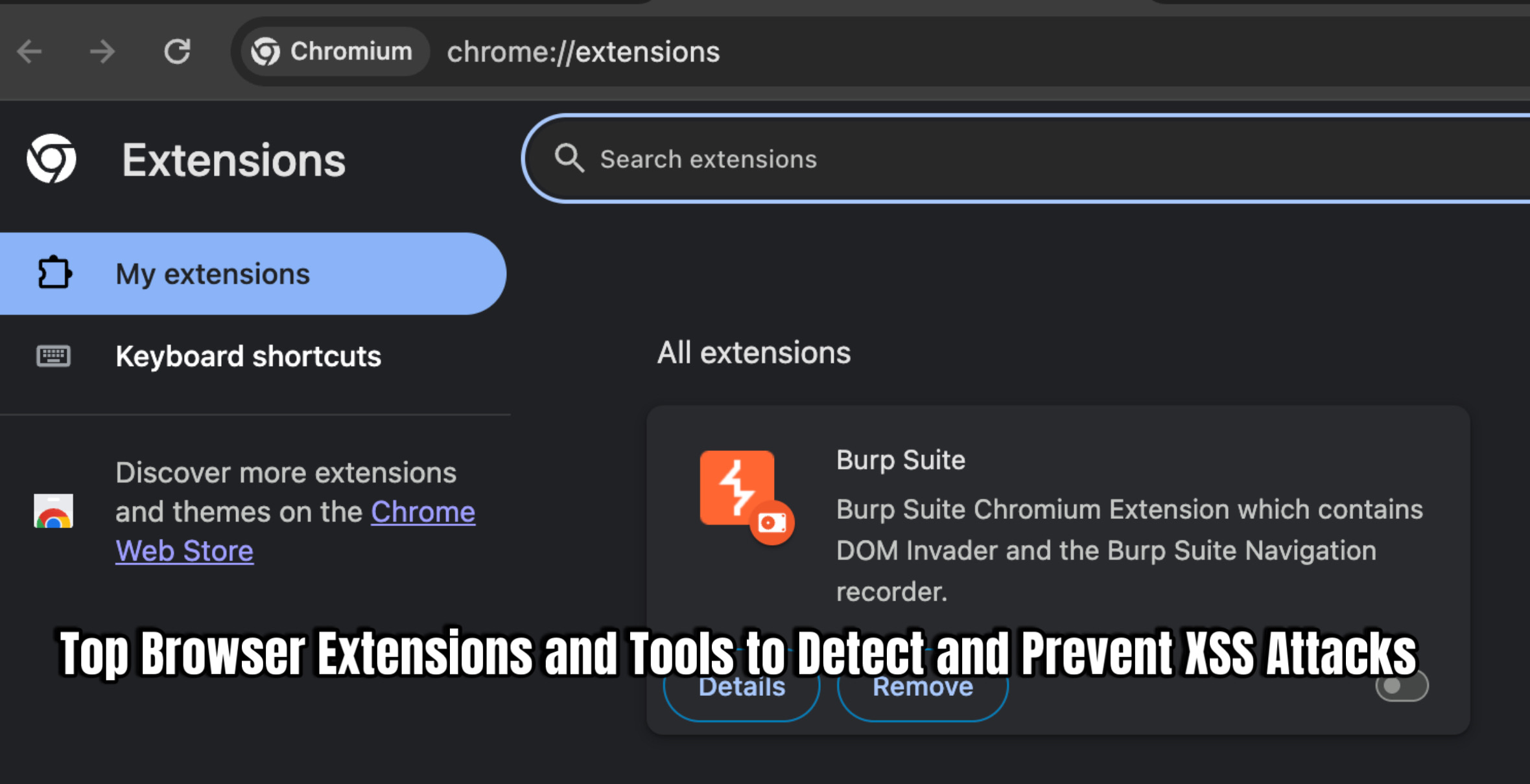Meta’s Llama 4: A Benchmark Battle and a “Vibe Check” Failure
Over the weekend, Meta unveiled its Llama 4 model, a multimodal mixture of experts with an astonishing 10 million token context window. Initially, it seemed to dominate the LM Arena leaderboard, outperforming almost every proprietary model except Google’s Gemini 2.5 Pro. This was particularly impressive given LM Arena’s reliance on human-driven head-to-head chats, which are notoriously difficult to game.
However, the AI community soon discovered a twist. The model topping the leaderboard wasn’t the “real” open-weight Llama 4, but a fine-tuned version optimized for human preference, essentially “cheesing” the system. LM Arena responded with a rare public rebuke, stating, “Meta’s interpretation of our policy did not match what we expect from model providers. Llama 4 looks amazing on paper, but for some reason, it’s not passing the vibe check.”
Shopify’s AI-First Strategy: A Glimpse into the Future (or a PR Nightmare?)
Meanwhile, a leaked internal memo from Shopify’s CEO revealed a bold AI-first strategy. The memo emphasized that teams must justify why they can’t complete tasks using AI, and that learning AI is non-negotiable. This sparked controversy, with some viewing it as a harsh stance against human employees.
The memo paints a picture where AI is seen as a solution to human limitations: “Humans complain about not getting paid enough to put food on their families. They get sick, they clog the toilets, and have all kinds of other negative features.” While this statement highlights the potential for AI to streamline operations, it also raises ethical concerns about the future of human labor.
Despite the potential PR backlash, the memo offers a candid look at how many companies are thinking about AI integration.
Llama 4’s Technical Specs and Real-World Performance
Meta’s Llama 4 comes in three versions: Maverick, Scout, and Behemoth. Scout boasts a 10 million token context window, dwarfing Gemini’s 2 million. This impressive spec, however, doesn’t always translate to real-world performance. Users have reported that while it excels in benchmarks, it struggles with practical applications like large codebases. The memory requirements for such a massive context window are also prohibitive for most users.
There are also accusations that Meta trained the model on benchmark testing data, which meta denies. Despite the controversy, Llama 4 remains a significant contribution to the open model landscape, offering free access to many developers.
Augment Code: AI Agents for Real-World Development
For developers seeking AI tools that can handle real-world tasks within large codebases, Augment Code is a powerful solution. As the sponsor of this blog, Augment Code provides AI agents that understand your team’s entire codebase, enabling efficient task completion like migrations and testing with high-quality code. It integrates seamlessly with popular tools like VS Code, GitHub, and Vim, and learns from your team’s coding style.
The Bottom Line
The Llama 4 saga highlights the complexities and challenges of AI development and benchmarking. While its initial performance raised eyebrows, the model’s limitations in real-world scenarios underscore the need for practical, user-focused AI tools.
Shopify’s leaked memo offers a glimpse into a future where AI is deeply integrated into business operations, raising important questions about the role of humans in an AI-driven world.
As AI continues to evolve, tools like Augment Code demonstrate the potential for AI to enhance productivity and streamline development workflows, bridging the gap between theoretical benchmarks and real-world applications.



